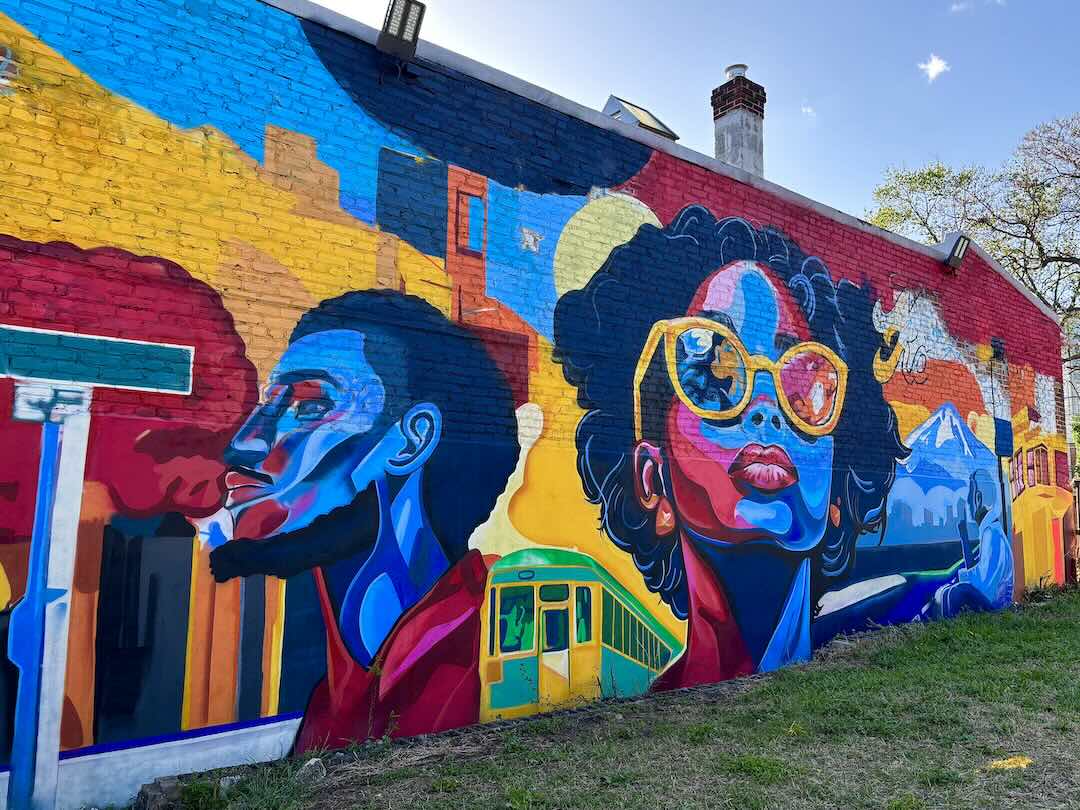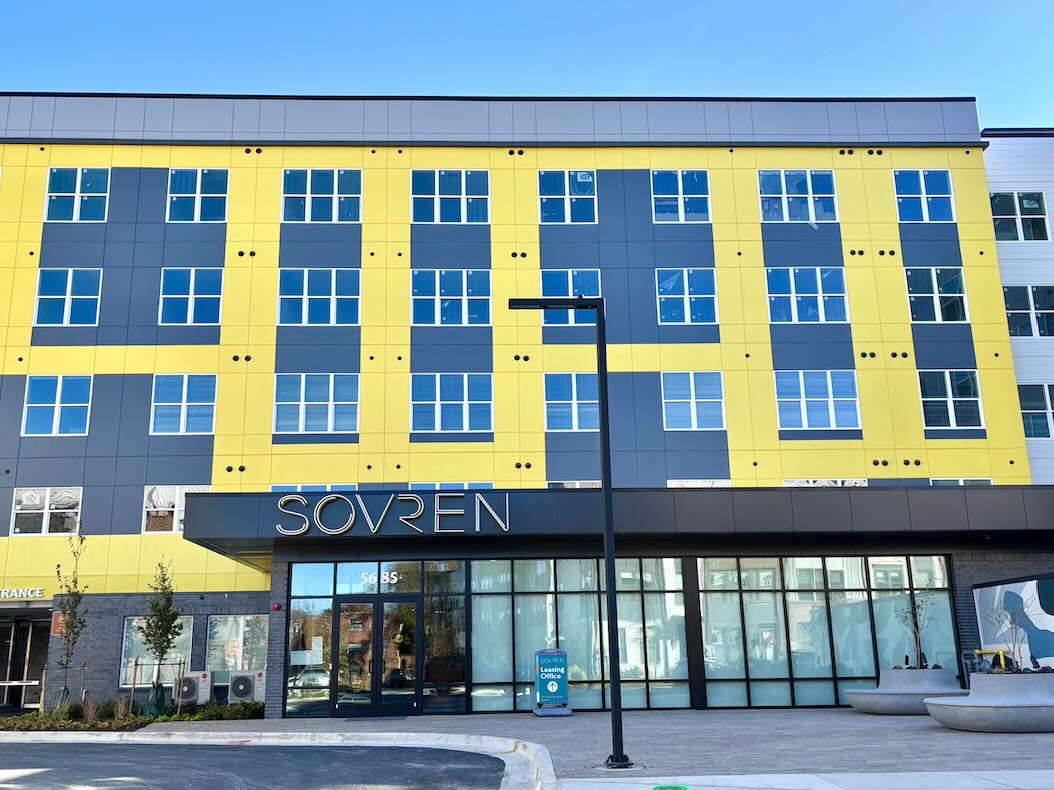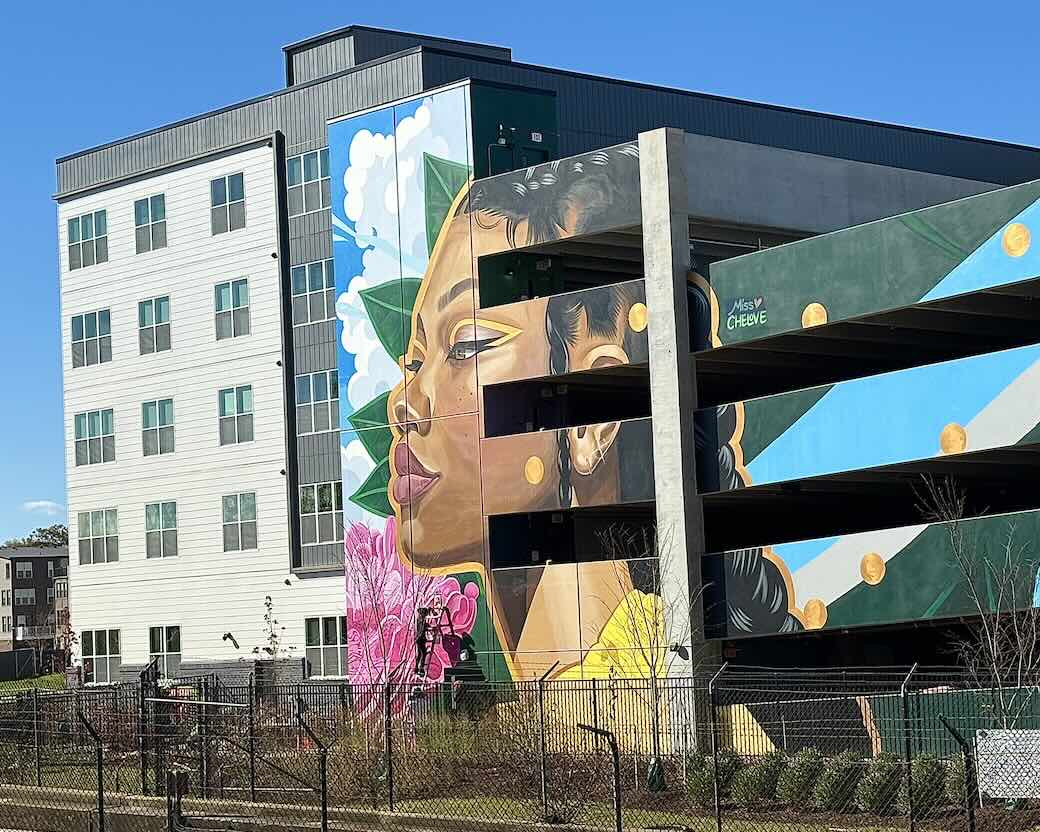
Myanmar’s Rohingya refugee Anwara Nurhassan takes a boat from Chalpuridip, Bangladesh, as she continues her journey to refugee camps further inland on Oct. 3, 2017. Photo courtesy Cheryl Diaz Meyer.
Pulitzer Prize-winning photographer Cheryl Diaz Meyer regularly travels to war zones, but she finds peace in University Park.
“Every time we drive into the neighborhood, we unconsciously breathe a sigh of relief,” she told the Hyattsville Wire. “It’s a haven.”
Diaz Meyer, who won the 2004 Pulitzer for breaking news photography with colleague David Leeson for her coverage of the Iraq war, has worked at McClatchy’s Washington bureau and Dallas Morning News, among other places.
Born and raised in the Philippines, she moved to the United States at age 13.
Diaz Meyer talked with the Hyattsville Wire recently about her love of photography.
How did you first get into photography?
I fell in love with photography in a serious manner when as a college student, a friend invited me on a photo walk, and then she introduced me to the darkroom where I learned about film processing and printing. The magic of the process was mesmerizing. I started to take photo classes and I found myself drawn to photography books in the library and would spend hours by myself among the classics like Henri Cartier Bresson and Diane Arbus. One day, I was looking at a photo book, and I was so overcome with emotion and my heart was racing. I remember very concretely thinking, “I don’t know what it’s like to be high, but if this is anything like it, I need this!” I finished a German degree at the University of Minnesota in Duluth and then earned a second bachelor’s degree from Western Kentucky University in photojournalism.
You’ve done a lot of photography in war zones. How do you balance getting the shot with your own safety?
It takes keen instinct to work in war zones. And a degree of luck. Generally, research is really important before traveling into conflict areas, and then it comes down to being mindful at all times. Deciding when it’s worth risking one’s life depends really on individual situations. I’ve been in battles, ambushes and crossfires. I wear combat gear like a soldier and make sure I’m with people I trust so that if something happens, I will get care. And beyond that, I try to keep my head on straight and stay laser focused.
The news business is changing a lot. What do you think is the future of news photography?
Most photojournalists today work as freelancers. Working for oneself allows the pursuit of projects close to one’s heart, and that’s the part I truly appreciate. As the web has grown, so has the need for visuals. News websites cannot exist without compelling visuals, and that requires trained photojournalists. Photojournalism continues to be incredibly relevant, even as the business model has morphed.
When did you move to University Park? What drew you to the area?
Our family has lived in University Park since 2012. We love it most for the sense of community, University Park Elementary School and the peaceful ambiance. We also appreciate the amenities like access to the Metro and D.C., the shopping, groceries and hardware stores. Every time we drive into the neighborhood, we unconsciously breathe a sigh of relief. It’s a haven.
What is one tip you could share that would improve people’s own photos?
I’ll share three tips!
Taking a moment to compose the shot is something we all can do to improve our pictures. Look at the scene, assess what information would contribute to the image, perhaps add context, and eliminate from the frame information that detracts or clutters the image. This means you have to move with your feet, either get closer to your subject or move left or right, up or down, to frame your shot.
One other very important aspect of making successful images is to look at where the light is coming from—and working with it, instead of against it. Most people know that backlit images generally don’t work out so well with automatic cameras, so find an angle that is appealing, turn your subject so the light hits at an angle. This gives the image a more three-dimensional feel. Broad, overhead daylight is generally harsh, but directional morning and afternoon light makes any subject more attractive. And don’t write off a cloudy day—it’s great for adding mood to pictures.
Most of all, have fun, don’t be afraid to make mistakes, and explore your creativity.



















Interesting! Love this (new?) interview format.